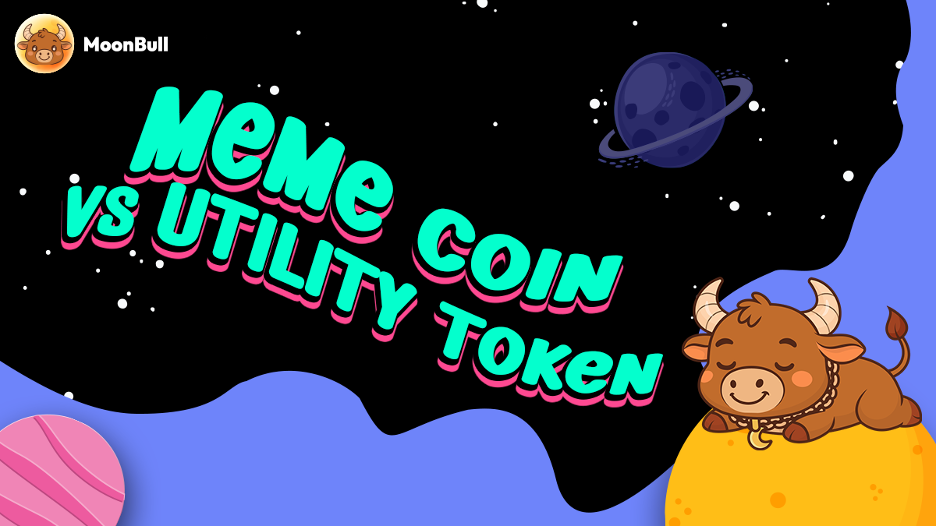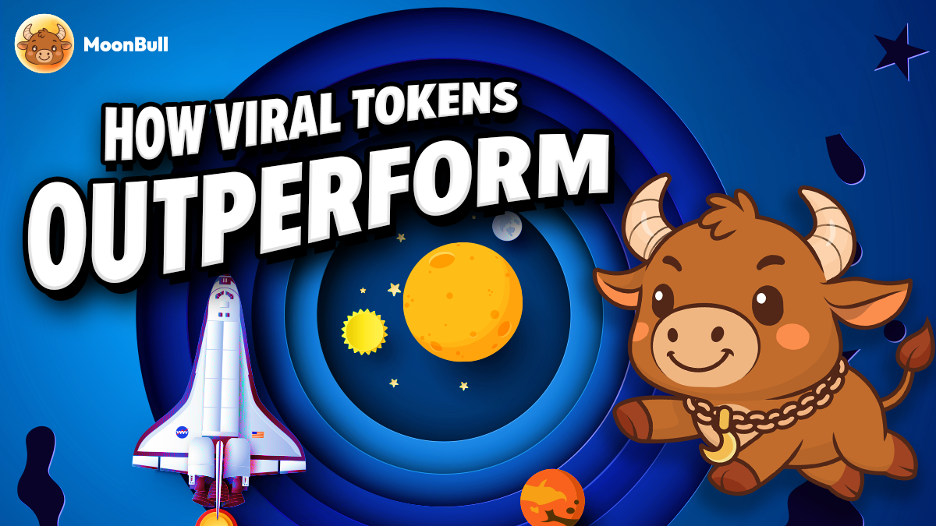
Why do some coins explode in value with a tweet, while others grow slowly through steady adoption? Not every crypto is created with the same goal in mind. Some exist to power platforms. Others rise from memes, momentum, and massive online communities. Being clear on what you’re investing in could be the difference between catching the next crypto moonshot or missing the boat entirely. Take Dogecoin (DOGE), for example, a coin that started as a joke and turned into a billion-dollar phenomenon. Now compare it to Chainlink, a utility token that powers real data on blockchain systems. These two categories, meme coins and utility tokens, dominate different corners of the crypto sector. But what exactly sets them apart?
Whether you're curious about meme coin price, planning your next investment, or simply exploring the world of tokens, this blog breaks down the real difference in simple, practical terms.
What Is a Meme Coin?
Meme coins are cryptocurrencies inspired by jokes, trends, or internet memes. They usually start off as fun projects, but many have grown into serious assets backed by large, loyal communities. Dogecoin (DOGE), Shiba Inu (SHIB), and Floki (FLOKI) are classic examples.
The power of meme coins lies in their community. These coins often go viral through social media, celebrity mentions, and online movements. While they may not have a built-in function or solve a technical problem, they thrive on attention and momentum.
Importantly, meme coin price is highly influenced by hype. It can rise rapidly with news coverage, influencer tweets, or viral trends. The downside? What goes up can come down just as fast, making meme coins one of the most unpredictable, yet potentially rewarding, digital assets.
Key Traits of Meme Coins:
- Community-driven
- Based on internet culture
- Low initial value, high growth potential
- High price volatility
- Limited or no technical utility
What Is a Utility Token?
Utility tokens are digital assets created to serve a specific purpose within a blockchain-based project. They're not just there for trading; they have a job to do. Whether it's granting access to a product or facilitating transactions, utility tokens are designed with a specific function in mind.
For example, the Ethereum (ETH) token powers the Ethereum network by paying gas fees. Filecoin (FIL) is used for buying storage on its decentralized network. These tokens are essential for the platforms they belong to.
Unlike meme coins, utility tokens derive their value from their real-world applications. Their price is influenced by adoption, demand for the service they provide, and the success of the underlying project.
Key Traits of Utility Tokens:
- Designed for specific functions
- Used within ecosystems
- Backed by technical infrastructure
- Less hype-driven, more utility-focused
- Price linked to demand and adoption
Meme Coin Price vs Utility Token Value
Price movement is where the contrast becomes clear and where most investors start to feel the impact.
Meme coin price often reacts to sentiment. It might surge when a new trend takes off or dip when the buzz fades. There's no deep technical reason behind it; it's mostly driven by visibility and speculation.
Utility tokens, on the other hand, are priced more on fundamentals. Their value grows with platform usage, partnerships, and user activity. Investors consider roadmaps, real-world use cases, and developer teams when evaluating them.
This doesn't mean meme coins lack value. On the contrary, community coins have shown the power of collective belief. They’ve outperformed many "serious" tokens when market sentiment shifts in their favor.

How Meme Coins Hold a Unique Edge Over Utility Tokens
Utility tokens may have strong foundations, but meme coins introduce a distinct advantage: speed, virality, and raw market attention. And in crypto, attention can move prices faster than fundamentals ever could.
Here’s where meme coins hold the upper hand:
- Speed to Market Recognition
Meme coins can go from unknown to trending in hours. Utility tokens usually take months (or years) to gain the same visibility. When a meme coin goes viral, its name, and meme coin price, can surge before investors even take notice. - Lower Entry Barriers
Most meme coins launch with ultra-low prices, making them accessible to a broader audience. This “buy-in” appeal fosters a sense of inclusion, driving rapid community growth, a challenge that utility tokens often struggle to achieve without a strong marketing push. - Community First, Tech Second
Unlike utility tokens that rely on use cases to gain traction, meme coins thrive on engagement, memes, and culture. Their biggest strength? People actually talk about them, and in a market driven by sentiment, that matters. - High Volatility = High Opportunity
While utility tokens move with platform development and ecosystem demand, meme coins respond to buzz. This creates more volatility, yes, but for many traders, that also means greater opportunity for quick gains.
Meme coins may lack complex use cases, but they often win the crowd. They’re faster to trend, easier to buy, and powered by the internet’s most influential force: community.
For investors who understand the risks and time it right, meme coins offer something utility tokens rarely do - a chance to ride a cultural wave before it breaks.
Final Takeaway
Meme coins and utility tokens both have a place in the crypto ecosystem. One is powered by culture and community, the other by function and utility. Understanding their roles helps you make better investment choices and manage risk more wisely.
As more people explore digital assets, the line between fun and function continues to blur. Here’s what stands out: meme coin price may not always follow logic, but it often reflects the power of the community and timing.
Meme or utility, the smartest move is knowing why you’re buying - before the market tells you what it’s worth.
